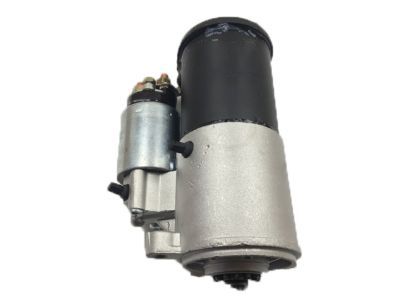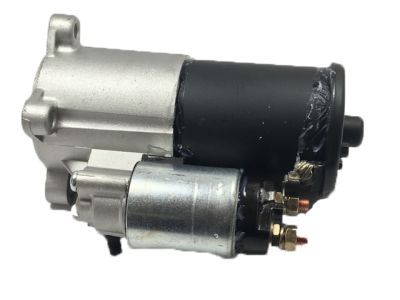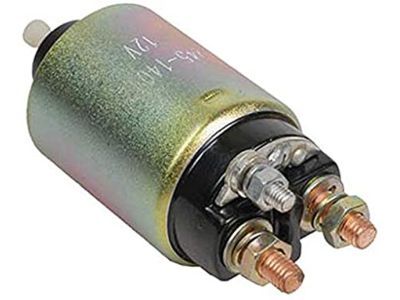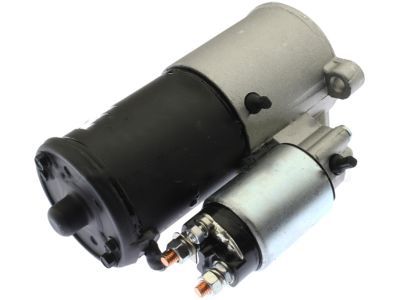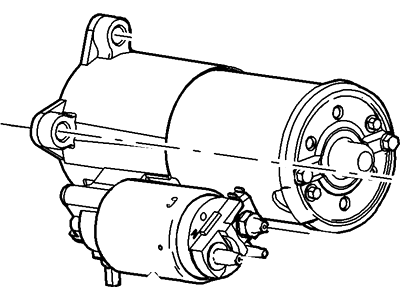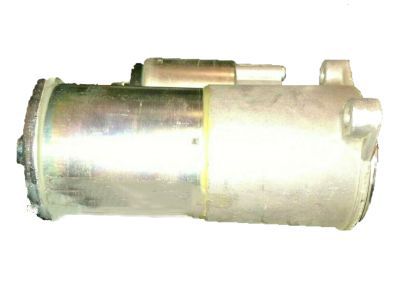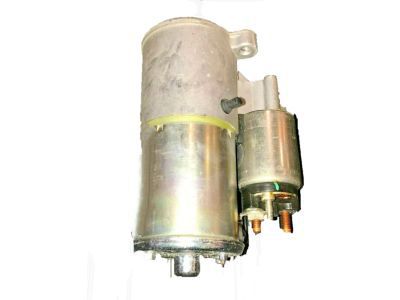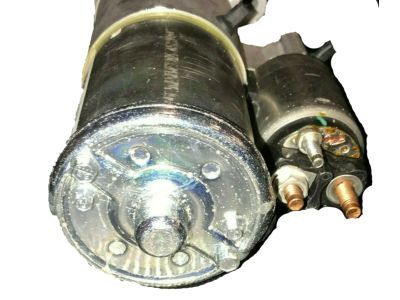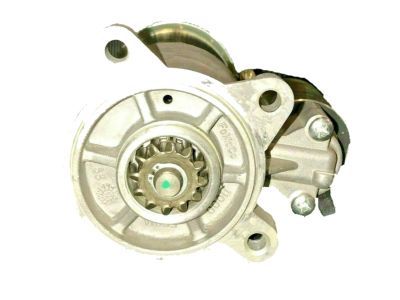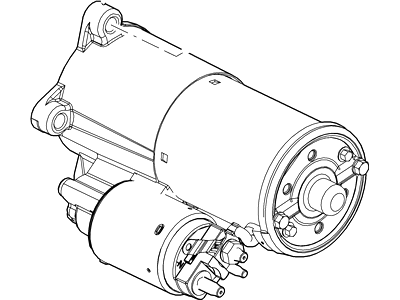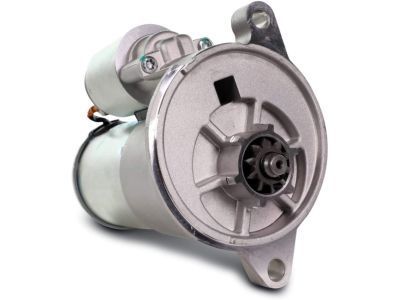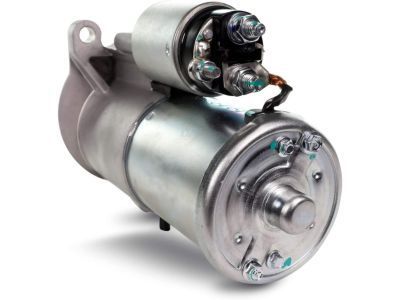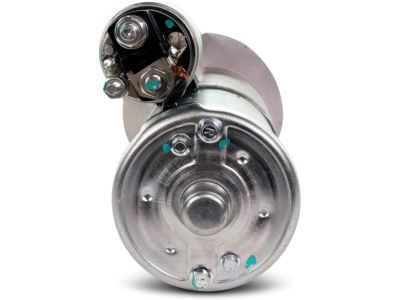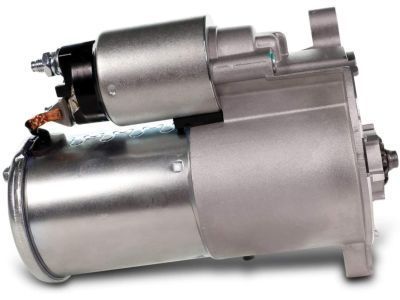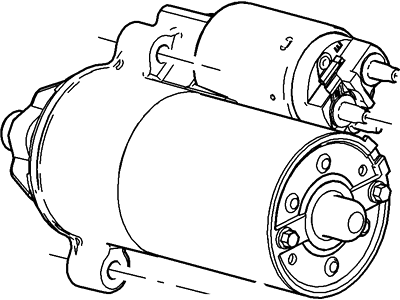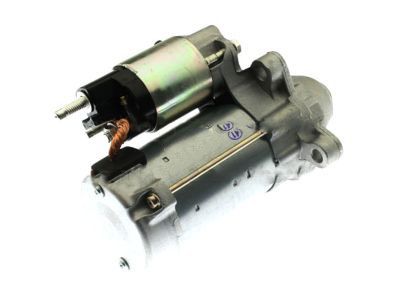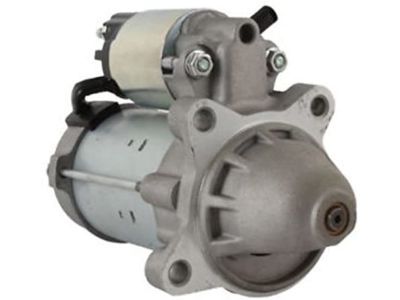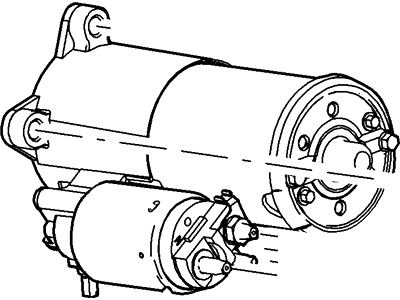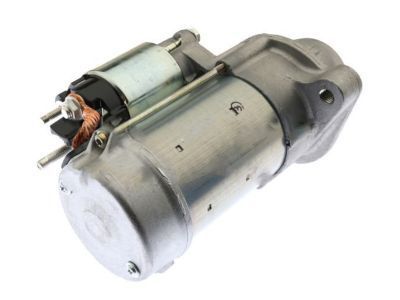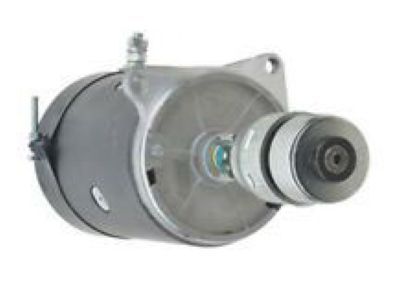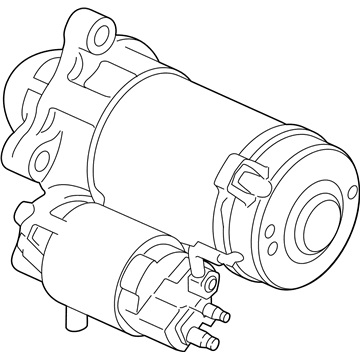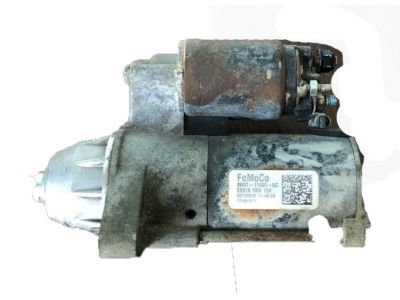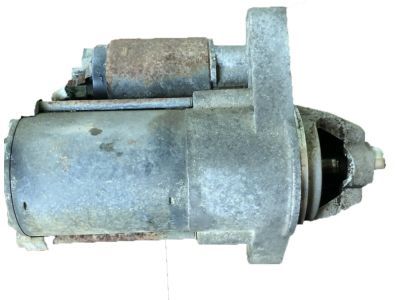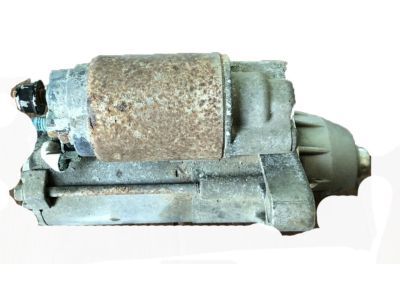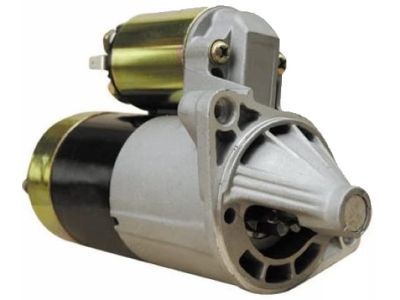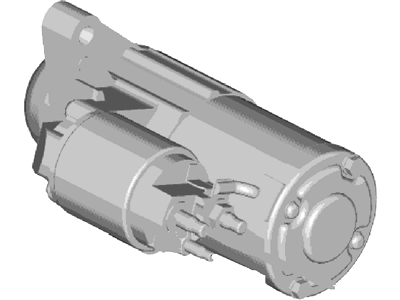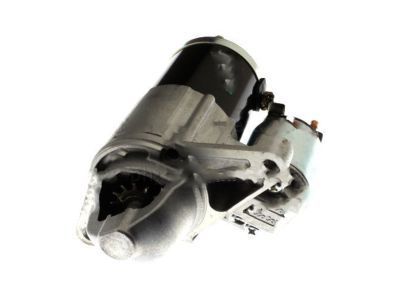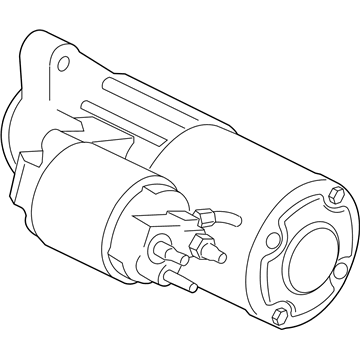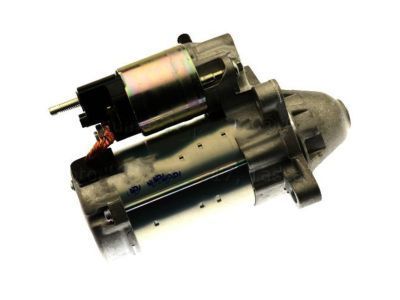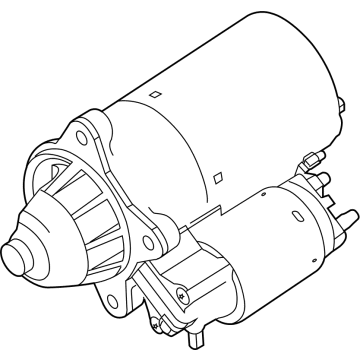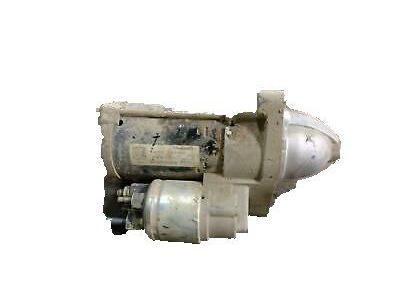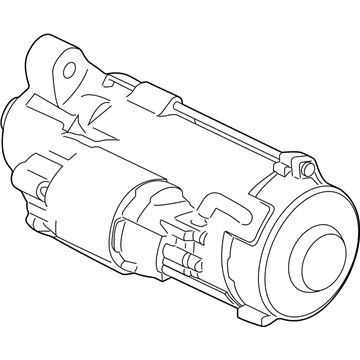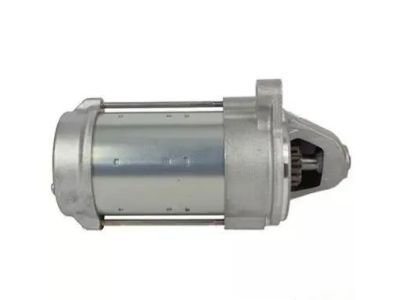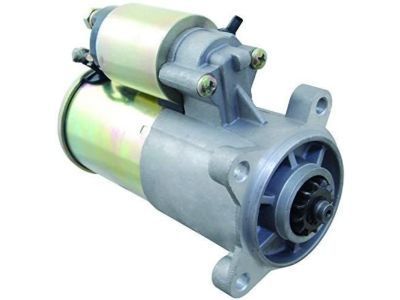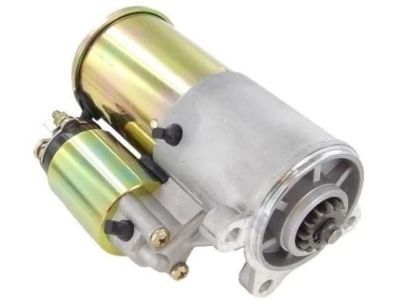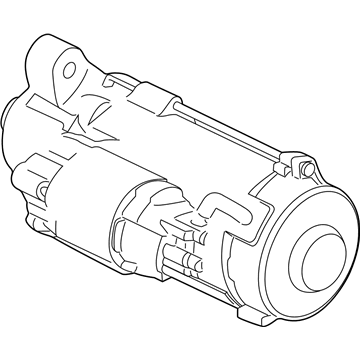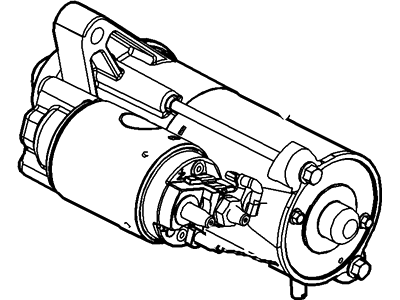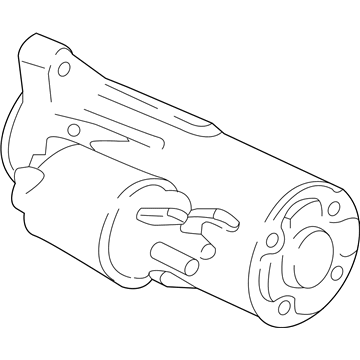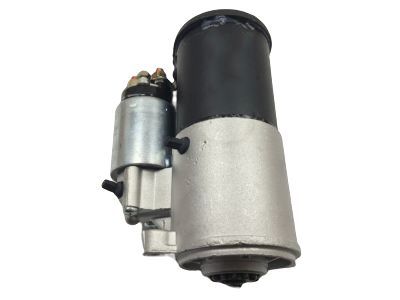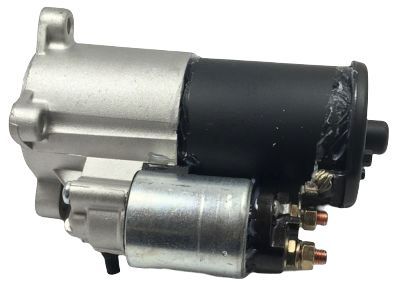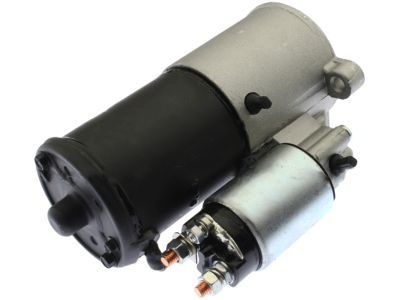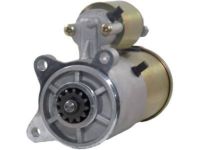

My Garage
My Account
Cart
Genuine Ford F-150 Starter
Starter Ignition- Select Vehicle by Model
- Select Vehicle by VIN
Select Vehicle by Model
orMake
Model
Year
Select Vehicle by VIN
For the most accurate results, select vehicle by your VIN (Vehicle Identification Number).
35 Starters found
Ford F-150 Starter Motor Assembly
Part Number: F81Z-11V002-AARM$148.68 MSRP: $240.00You Save: $91.32 (39%)Ford F-150 Starter Motor Assembly
Part Number: 9L3Z-11002-A$148.68 MSRP: $240.00You Save: $91.32 (39%)Ships in 1 Business DayFord F-150 Starter Motor Assembly
Part Number: 6L3Z-11002-DRM$188.00 MSRP: $301.82You Save: $113.82 (38%)Ships in 1-3 Business DaysFord F-150 Starter Motor Assembly
Part Number: DL3Z-11002-A$139.34 MSRP: $229.09You Save: $89.75 (40%)Ships in 1 Business DayFord F-150 Starter Motor Assembly
Part Number: JL3Z-11002-A$286.32 MSRP: $476.36You Save: $190.04 (40%)Ships in 1-2 Business DaysFord F-150 Starter Motor Assembly
Part Number: CK4Z-11002-A$155.84 MSRP: $256.36You Save: $100.52 (40%)Ships in 1-2 Business DaysFord F-150 Starter Motor Assembly
Part Number: CK4Z-11002-C$171.24 MSRP: $281.82You Save: $110.58 (40%)Ships in 1 Business DayFord F-150 Starter Motor Assembly
Part Number: DL3Z-11002-B$176.74 MSRP: $290.91You Save: $114.17 (40%)Ships in 1 Business DayFord F-150 Starter Motor Assembly
Part Number: HL3Z-11002-A$196.94 MSRP: $327.27You Save: $130.33 (40%)Ships in 1-2 Business DaysFord F-150 Starter Motor Assembly
Part Number: DL3Z-11002-C$174.54 MSRP: $287.27You Save: $112.73 (40%)Ships in 1-2 Business DaysFord F-150 Starter Motor Assembly
Part Number: 6L3Z-11002-CA$145.73 MSRP: $240.00You Save: $94.27 (40%)Ships in 1 Business DayFord F-150 Starter Motor Assembly
Part Number: 5L3Z-11002-B$188.00 MSRP: $301.82You Save: $113.82 (38%)Ships in 1-3 Business DaysFord F-150 STARTER MOTOR ASY
Part Number: JL3Z-11002-E$190.08 MSRP: $316.36You Save: $126.28 (40%)Ships in 1-2 Business DaysFord F-150 Starter Motor Assembly
Part Number: FL3Z-11002-B$231.82 MSRP: $385.45You Save: $153.63 (40%)Ships in 1-2 Business DaysFord F-150 Starter Motor Assembly
Part Number: BR3Z-11002-A$155.84 MSRP: $256.36You Save: $100.52 (40%)Ships in 1-2 Business DaysFord F-150 Starter Motor Assembly
Part Number: JL3Z-11002-B$190.08 MSRP: $316.36You Save: $126.28 (40%)Ships in 1-2 Business DaysFord F-150 Starter Motor Assembly
Part Number: CK4Z-11002-B$171.24 MSRP: $281.82You Save: $110.58 (40%)Ships in 1 Business DayFord F-150 Starter Motor Assembly
Part Number: XL1Z-11002-AARM$185.41 MSRP: $301.82You Save: $116.41 (39%)
| Page 1 of 2 |Next >
1-20 of 35 Results
Ford F-150 Starter
We provide a wide range of Ford F-150 Starter at the best prices possible. If you need Ford F-150 Starter, you can shop with confidence on our website. All our OEM parts come with a manufacturer's warranty and are delivered to your door step with a fast delivery service.
Ford F-150 Starter Parts Questions & Experts Answers
- Q: What should you check if a malfunction occurs in the starting circuit and Starter on Ford F-150?A:If a malfunction occurs in the starting circuit, do not immediately assume that the starter is causing the problem. First, check that the Battery Cable clamps are clean and tight at the battery terminals, inspect the condition of the battery cables and replace any that are defective, and test the battery's condition, replacing it if it does not pass all tests. Inspect the starter solenoid wiring and connections, ensure the starter mounting bolts are tight, and verify that the starter is receiving voltage on the S terminal of the starter solenoid when the ignition key is turned to Start. Check the operation of the Digital Transmission Range sensor or clutch start switch, ensuring the shift lever is in PARK or NEUTRAL for automatic transmissions or the clutch pedal is pressed for manual transmissions, as these must operate correctly to provide battery voltage to the ignition switch. Also, check the starter relay located in the fuse and relay box. If the starter does not actuate when the ignition switch is turned to START, check for battery voltage to the solenoid using a test light or voltmeter. If there is no voltage, check the ignition switch fuse and the starter relay. If there is voltage at the solenoid but the starter motor does not operate, remove the starter and bench test it. If the starter turns over slowly, check the starter cranking voltage and current draw from the battery, ensuring the voltage does not drop below specified levels and the current draw remains within the correct range. If the starter is getting voltage but doesn't operate, remove the starter/solenoid assembly and test it on the bench, checking for solenoid defects or potential engine seizure. With the assembly mounted in a vise, connect jumper cables to test the solenoid's operation; if the solenoid plunger extends and rotates the pinion drive, the assembly is functioning properly, while other outcomes indicate defects in the solenoid or starter motor.
